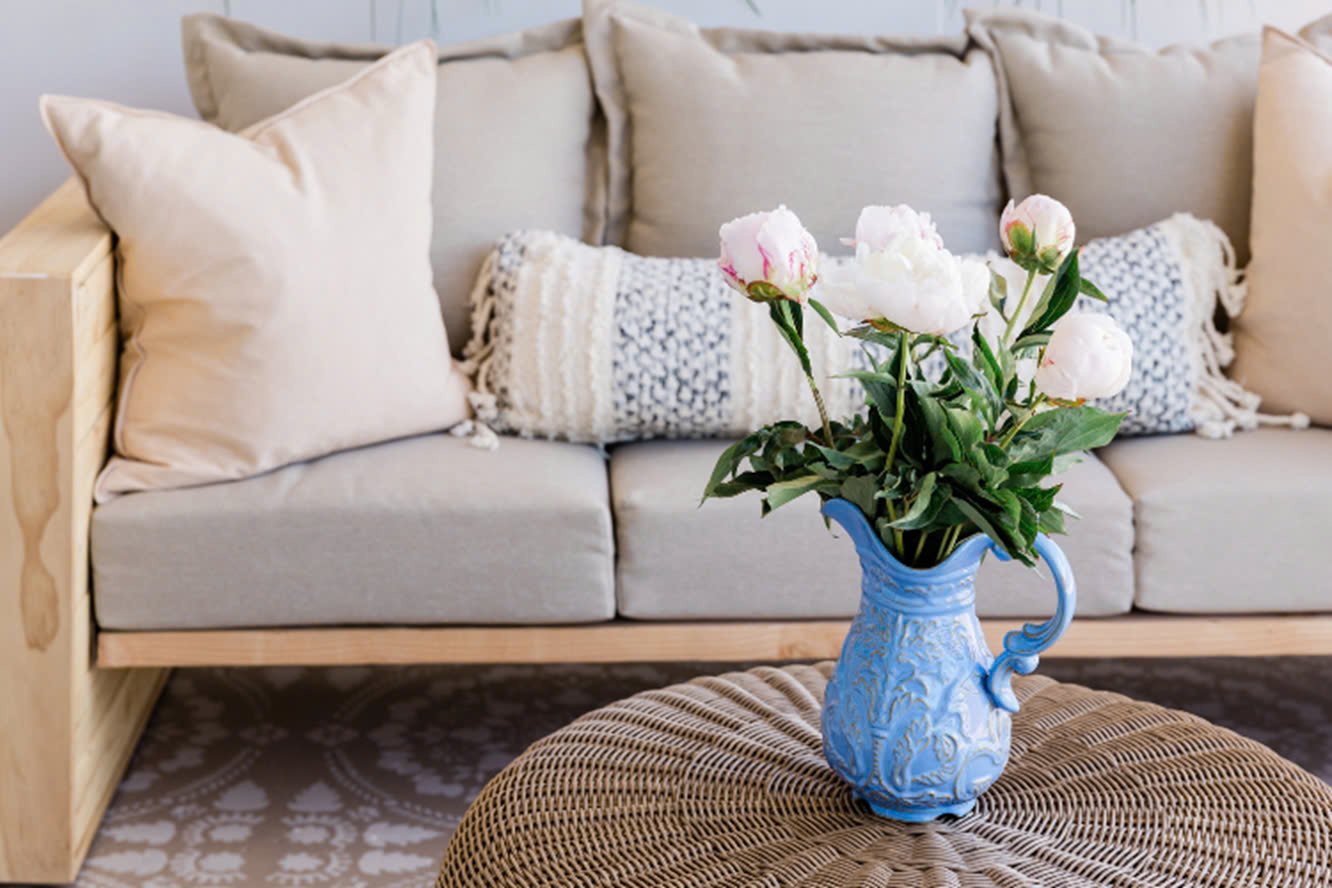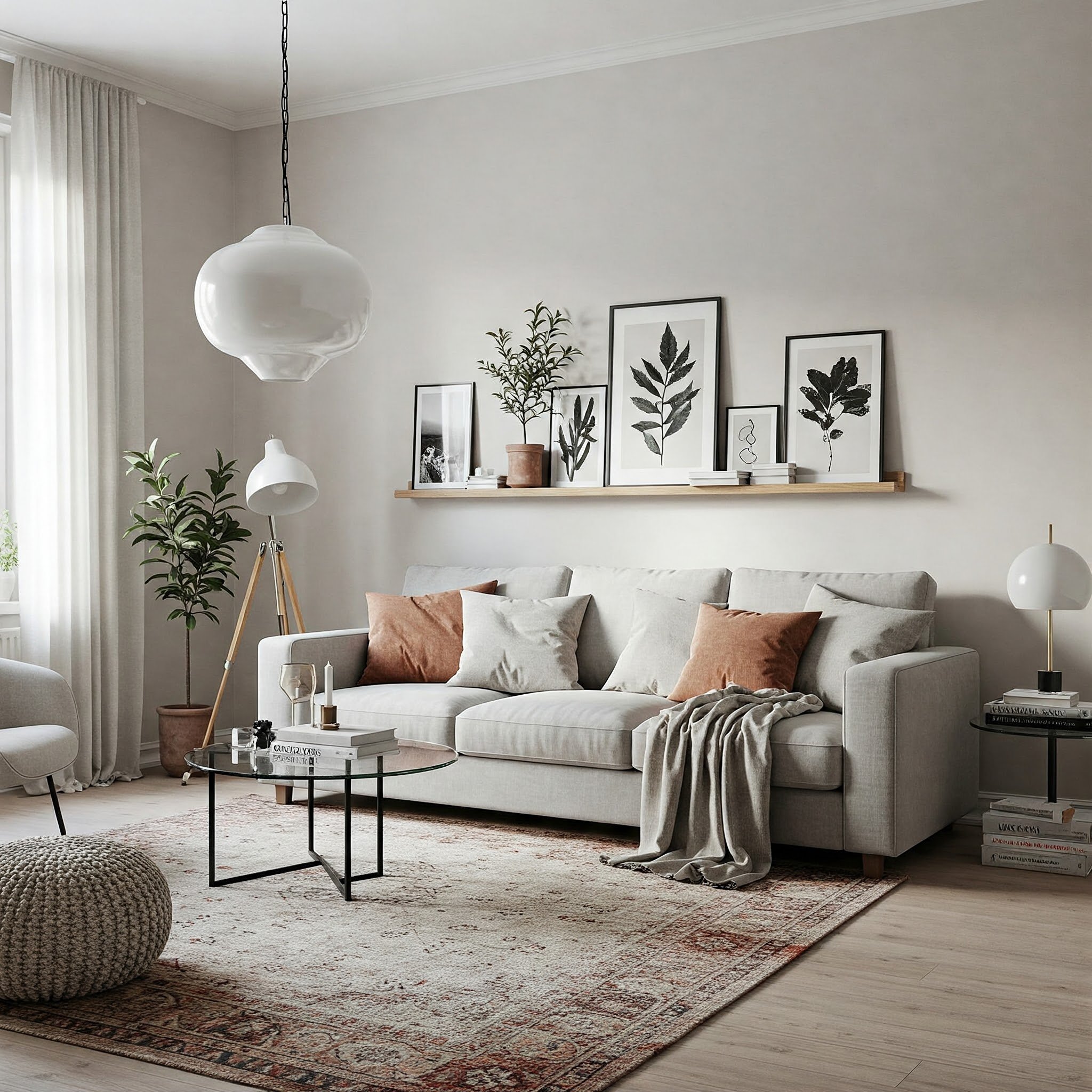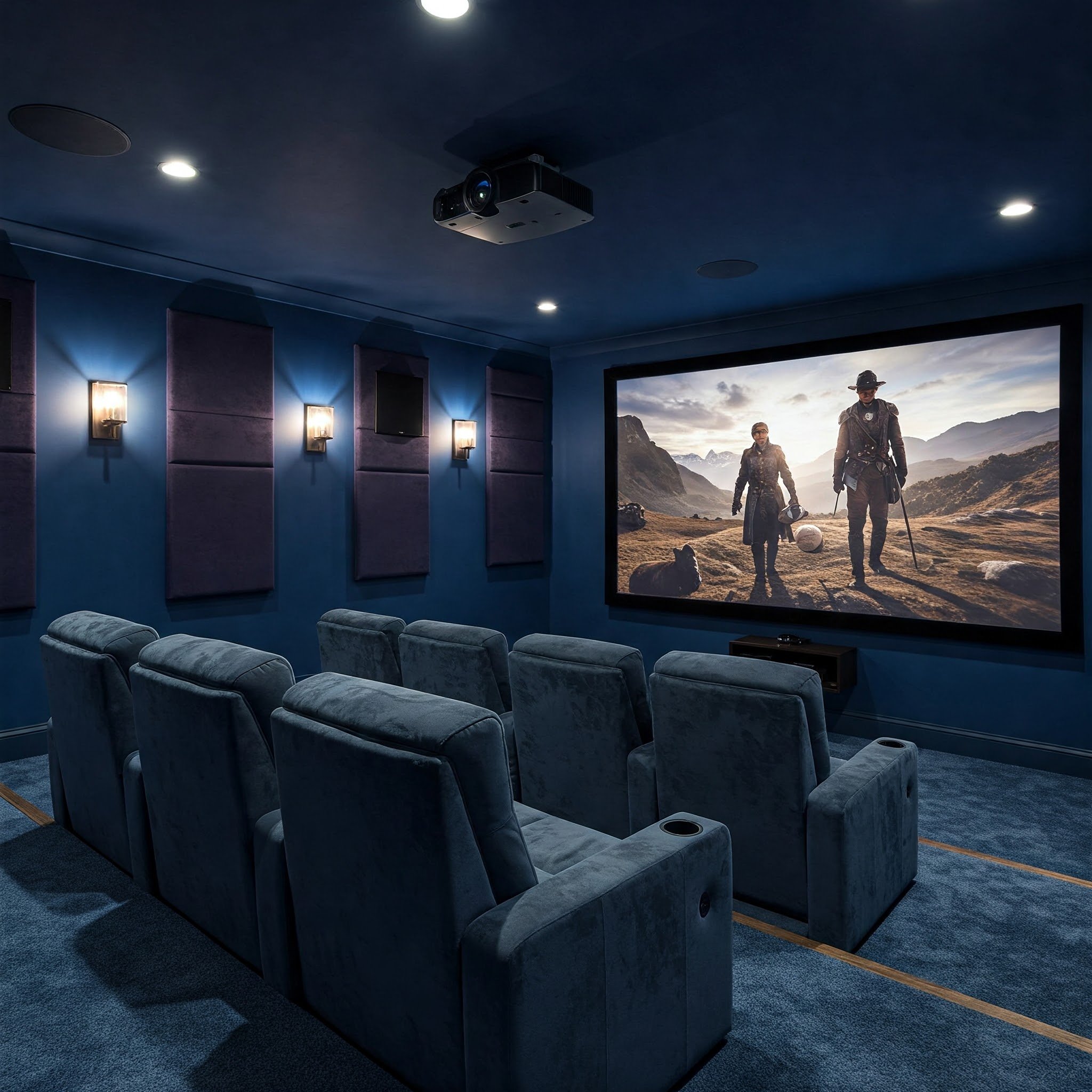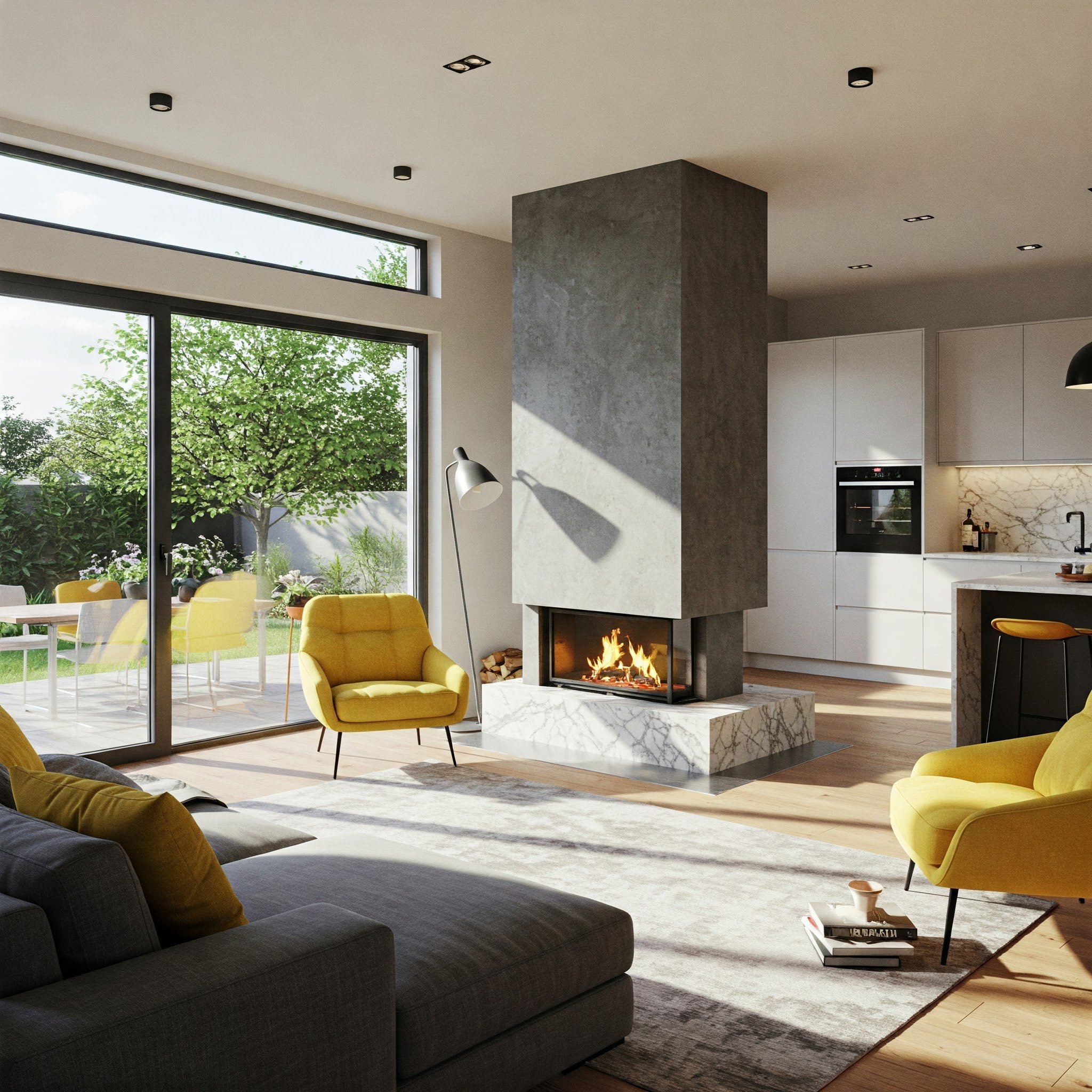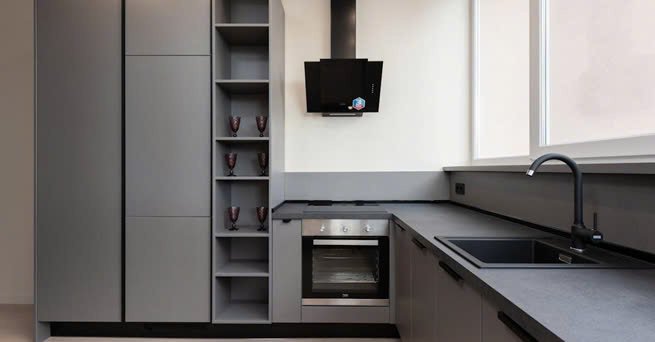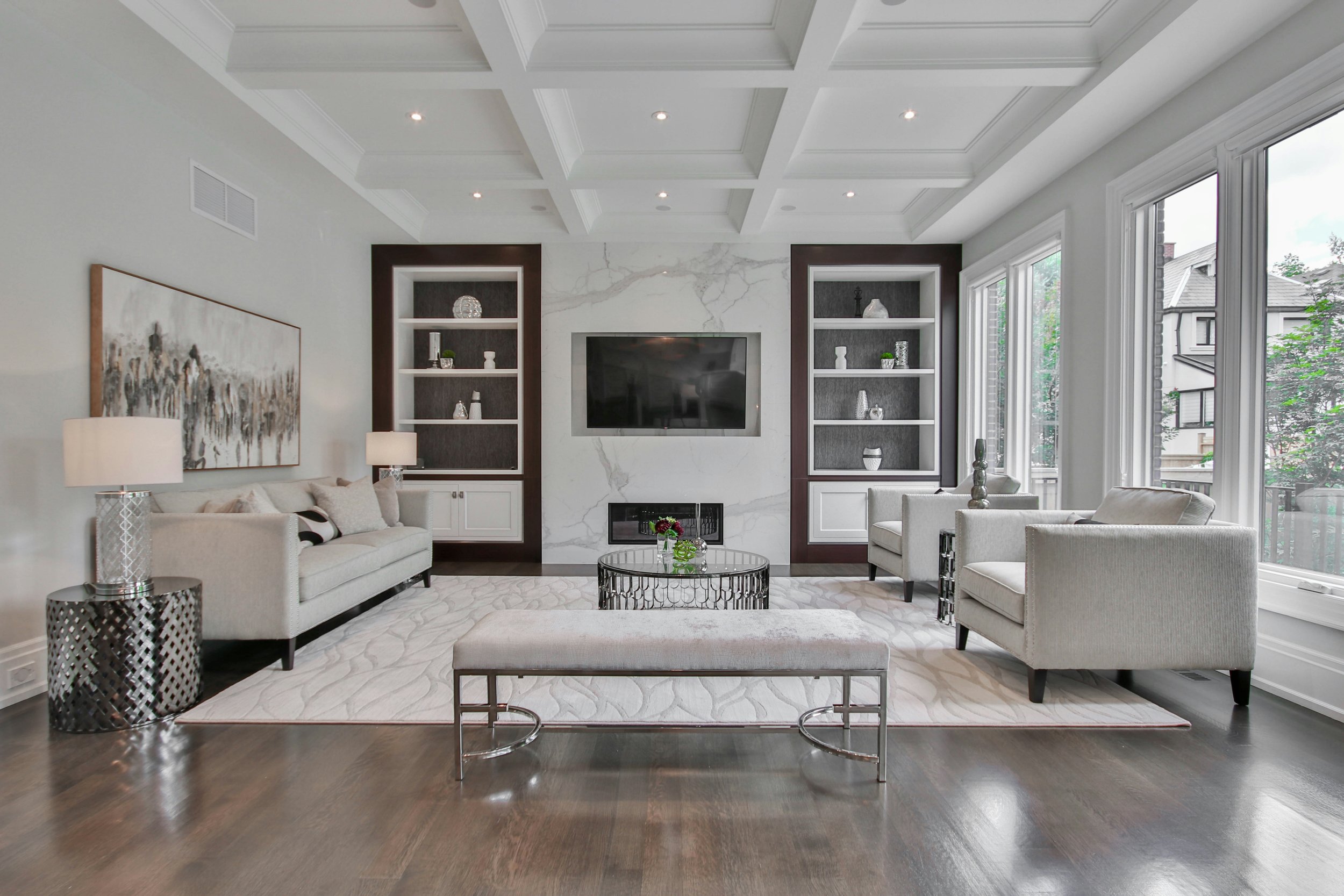5 Keys to Designing Your Ultimate Dream Home
Unlock the secrets to designing your ultimate dream home with these 5 essential tips, from layout planning to selecting personalized finishes.
Embarking on the exciting journey of creating your dream home is a rewarding experience, where each space becomes a canvas to showcase your personality and style. Building or renovating is more than just assembling bricks and mortar; it’s about thoughtfully blending comfort, functionality, and aesthetics. Every design decision, from layout to finishes, should reflect your vision and enhance your daily life. This guide walks you through the essential steps and considerations needed to turn your house into a personal sanctuary. From selecting the right materials to optimizing space for your family’s needs, each aspect plays a pivotal role in crafting a home that mirrors your lifestyle and preferences. Whether you're starting from scratch or giving an existing space new life, this journey will help you create a home that is uniquely yours, ensuring both beauty and practicality in every detail.
Understanding the Project's Complexity
Understanding and managing project complexity is crucial for architects due to its influence on decision-making and goal achievement. Complexity affects project planning and control, delays early goal and objective comprehension, impacts the choice of an appropriate project form, and can affect project outcomes.
When multiple stakeholders are involved in a construction project, achieving clarity around project requirements can be challenging. Different priorities, expectations, and interpretations often lead to confusion or misalignment, especially when local bylaws and regulations don’t fully address the needs of the development. This is particularly relevant in multi-unit properties, where factors like rental agreements, individual living spaces, or family accommodations add complexity to the process. Navigating these challenges requires careful coordination among all parties, ensuring that the project complies with local rules while also meeting the diverse needs of those involved, ultimately influencing the design, timeline, and construction phases.
Collaborate with a Reliable Builder
Find reliable custom home builders in Annapolis to assist in constructing your new home. Ask friends for recommendations, check reviews, and conduct thorough research; selecting the right builder is crucial in this process.
While each project varies, choosing an all-in-one company with a dedicated blueprint designer and builder can save money, compared to hiring an architect and contractor separately. Ask plenty of questions to ensure they are a suitable match. Requesting examples of their previous work can also aid in your decision. Remember, your home is an heirloom for future generations, so choosing a builder who gets it right the first time is essential.
Budget Wisely
Budgeting is a crucial element of any housing project. Setting a realistic budget from the start can help avoid overspending and keep your dream home financially accessible. Consider not only construction expenses but also include allowances for furnishings, appliances, landscaping, and unexpected costs. Seek advice from financial advisors or contractors to understand cost estimates and identify possible savings while maintaining quality.
Select an Architectural Style
Whether you work directly with an architect or through a builder, selecting an architectural style and design you love is important. This is the exciting part, as you'll get to envision how your home will look before the first brick is even purchased. You'll also have the opportunity to collaborate with an interior designer. You'll discuss unique custom features you want in your home's interior design.
If you're uncertain about your design preferences, exploring various architectural styles—like modern, traditional, craftsman, or farmhouse—can help you decide. A great way to start is by driving through different neighborhoods to observe homes and see what visually resonates with you. This firsthand experience allows you to see how different styles come to life. Additionally, browsing real estate websites can provide valuable inspiration, as they showcase a wide variety of homes with detailed photos, descriptions, and even virtual tours. Taking the time to explore these options will give you a clearer sense of what style suits your tastes and lifestyle, making it easier to make informed design choices.
Select the Ideal Floor Plan
While designing your custom floor plan, visualize yourself moving through the home. Consider whether the flow from the kitchen to the dining area feels appropriate and assess the distance between the bedrooms and the laundry space.
Many floor plans incorporate an open concept, a popular layout due to the absence of walls between the kitchen, living room, and dining area, which promotes socializing. Consider how the rooms connect when reviewing the open floor plan in your home design. Decide if you prefer a large space, square or rectangular, or an L-shape with the kitchen as the focal point.
Endnote
Building a home requires careful planning, expert guidance, and efficient collaboration among professionals. By focusing on these elements, you ensure that your home is not only stylish and visually appealing but also highly functional and built to last. Consult with architects, designers, and contractors to refine your vision and meet your practical needs, from layout and materials to energy efficiency and durability. Creating a well-thought-out plan will save time, reduce costs, and help prevent potential issues down the line. Following these essential tips will make your home a comfortable space and a smart long-term investment, offering value for years to come.
Stay up to date with our latest ideas!
Exclusive deals just for our readers! Click below to unlock special offers and elevate your shopping experience!



